Monday April 29, 2024
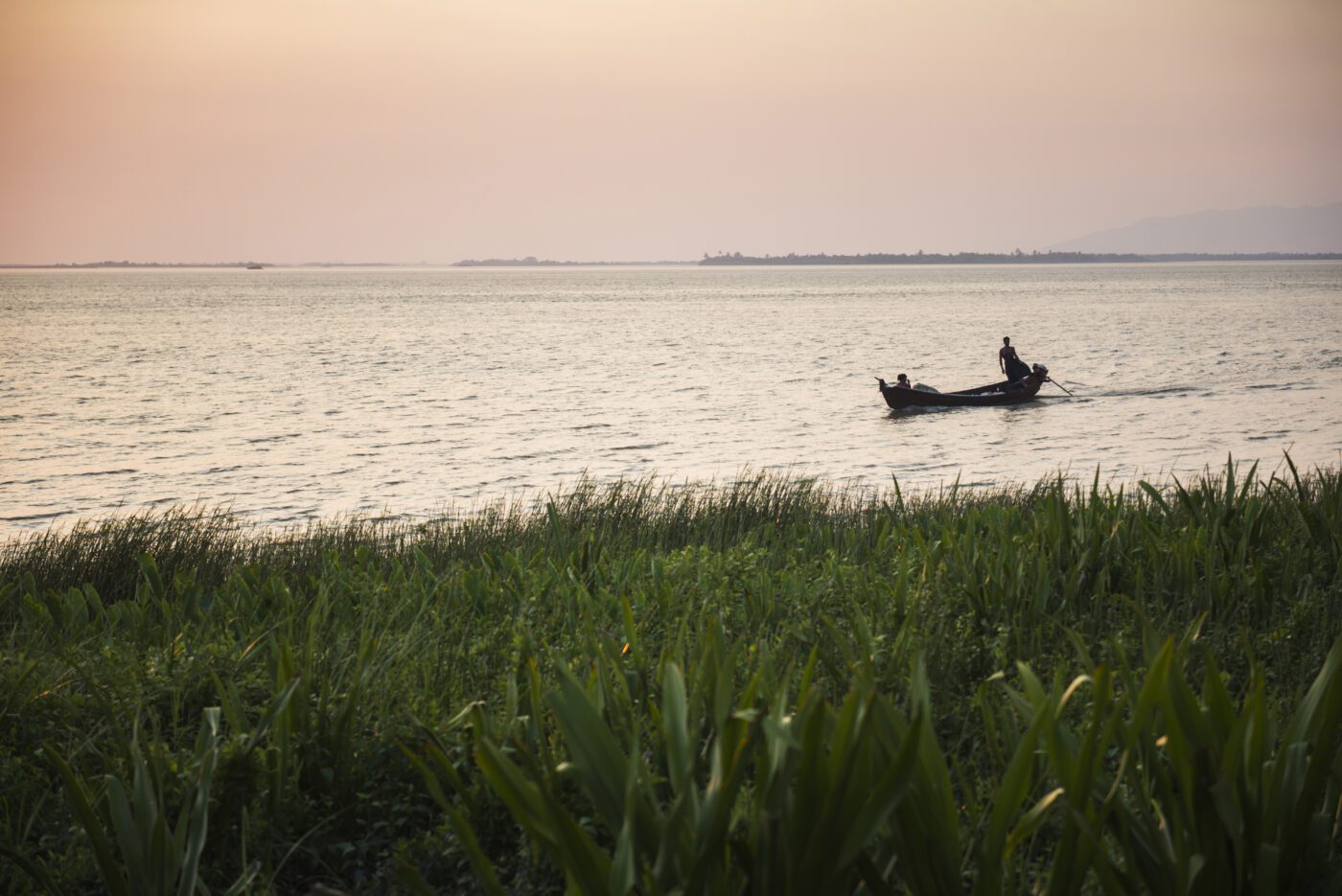
Southeast Asia is renowned for its remarkable rivers and diversity of unique fish species. Although the Mekong and its hundreds of species often steal the spotlight, a neighboring and less well-known river basin rivals its larger cousin in terms of unique fish species. The Salween River – which is also known as the Nujiang in Mandarin and the Thanlwin in Burmese – flows freely from its headwaters in the Tibetan Plateau, 3,289 kilometers (2,044 miles) south through China, Myanmar, and Thailand to its mouth in the Andaman Sea, earning it the title of the longest undammed river in Southeast Asia. It is a rarity not only because of the endemic species it harbors, but also in the fact that it remains wild and relatively unaltered from its historic state.
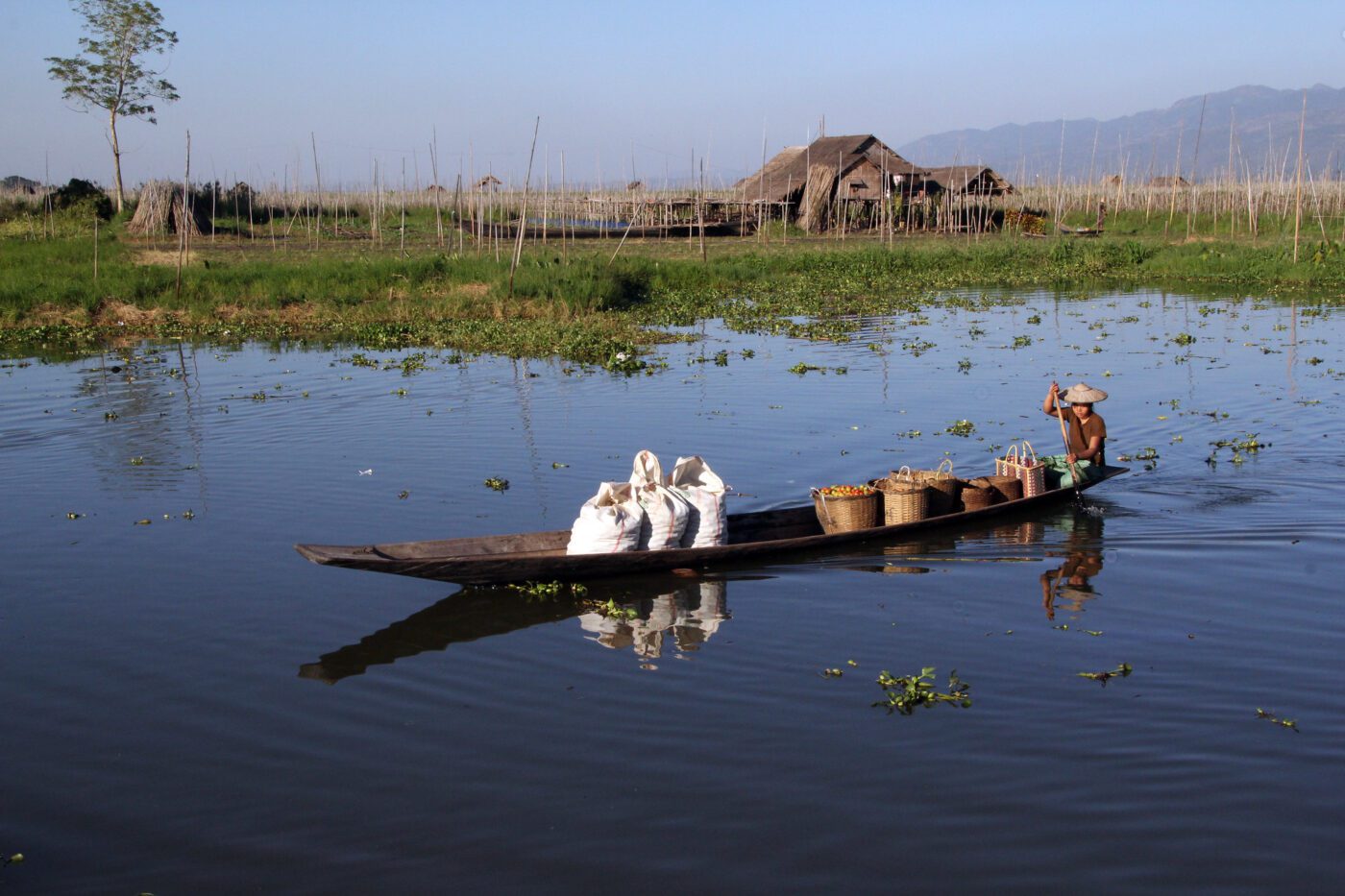
A woman transports produce by boat on Inle Lake in Myanmar. Photo by Kirk Siang
The upstream portion of the Salween flows in parallel with two of Asia’s mightiest rivers, the Mekong and the Yangtze. The location where three gorges carved by these rivers come together – the Three Parallel Rivers of Yunnan – was designated as a World Heritage Site by the UN in 2003. It is the epicenter of biodiversity in China and one of the most biodiverse temperate regions on earth. The Salween hosts another proposed World Heritage Site at Inle Lake – the second largest lake in Myanmar – which is home to 17 endemic fish and 30 endemic snail species.
In the Salween basin, there are over 200 species of fish, a third of which are found nowhere else in the world. Among the more impressive residents is the imposing golden mahseer (Tor putitora), an endangered fish that can grow up to nine feet (2.75 meters) in length. Beyond fish, the basin is also home to over a quarter of all terrestrial animals in the world, including vulnerable and endangered species like snow leopards (Panthera uncia), Sunda pangolins (Manis javanica), and black snub-nosed monkeys (Rhinopithecus bieti).
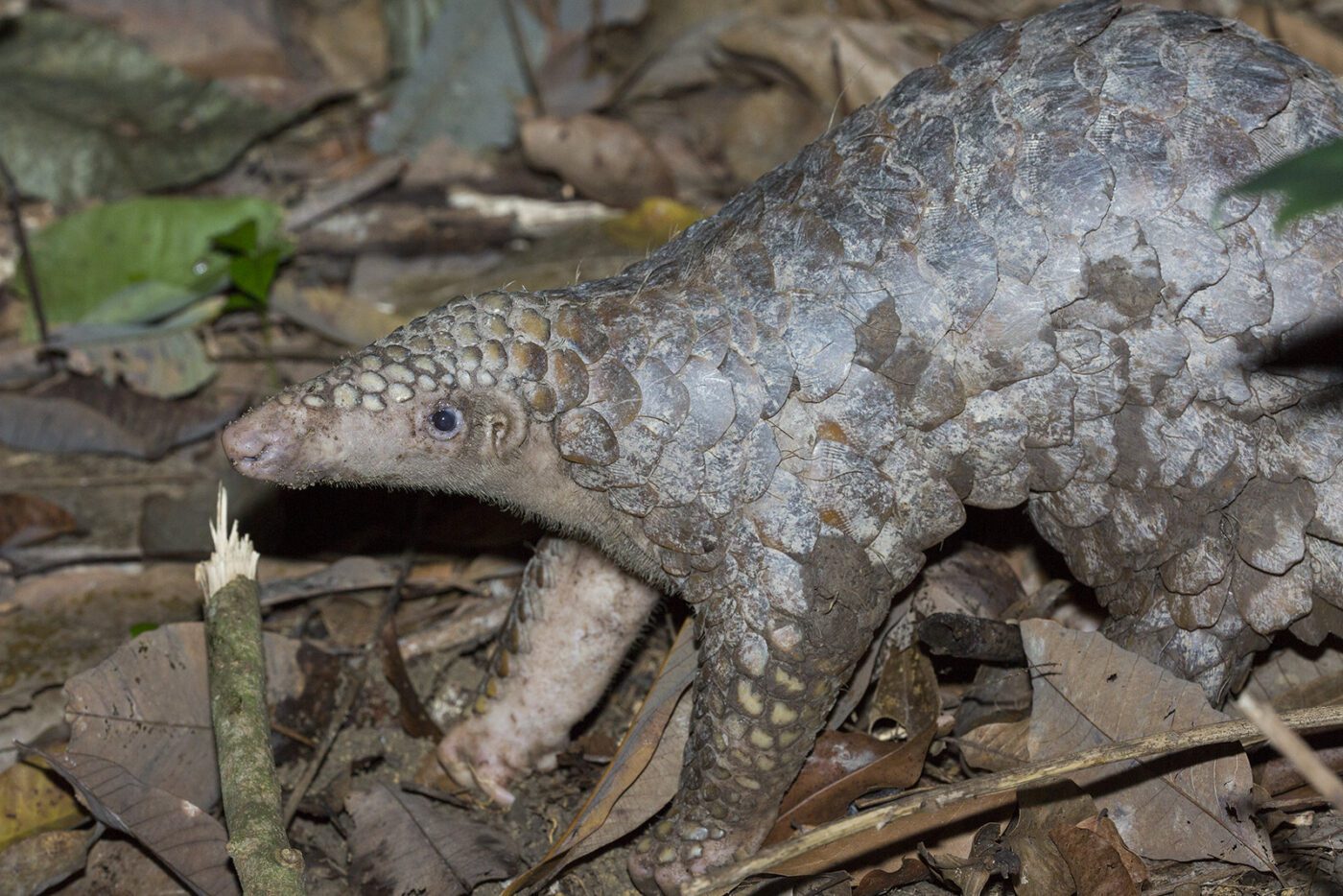
The Sunda pangolin (Manis javanica) is a critically endangered mammal species found in the Salween Basin. Photo by budak
The river’s diverse fish populations support productive fisheries, and its waters are critical to irrigating extensive farmlands. By providing food, water, and income, the river supports the livelihoods and wellbeing of 10 million people, including many indigenous and ethnic minority groups. The communities who rely on the Salween are keenly aware of the values it provides, and they recognized that fish stocks were declining in the early 1990s. This led to the development of community-led conservation efforts, which resulted in the establishment of grass-roots reserves. Studies have shown that these protected areas contain higher fish diversity and abundance compared to neighboring unprotected areas of the river, and may play a valuable role in ensuring the sustainability of the important fisheries in the region.
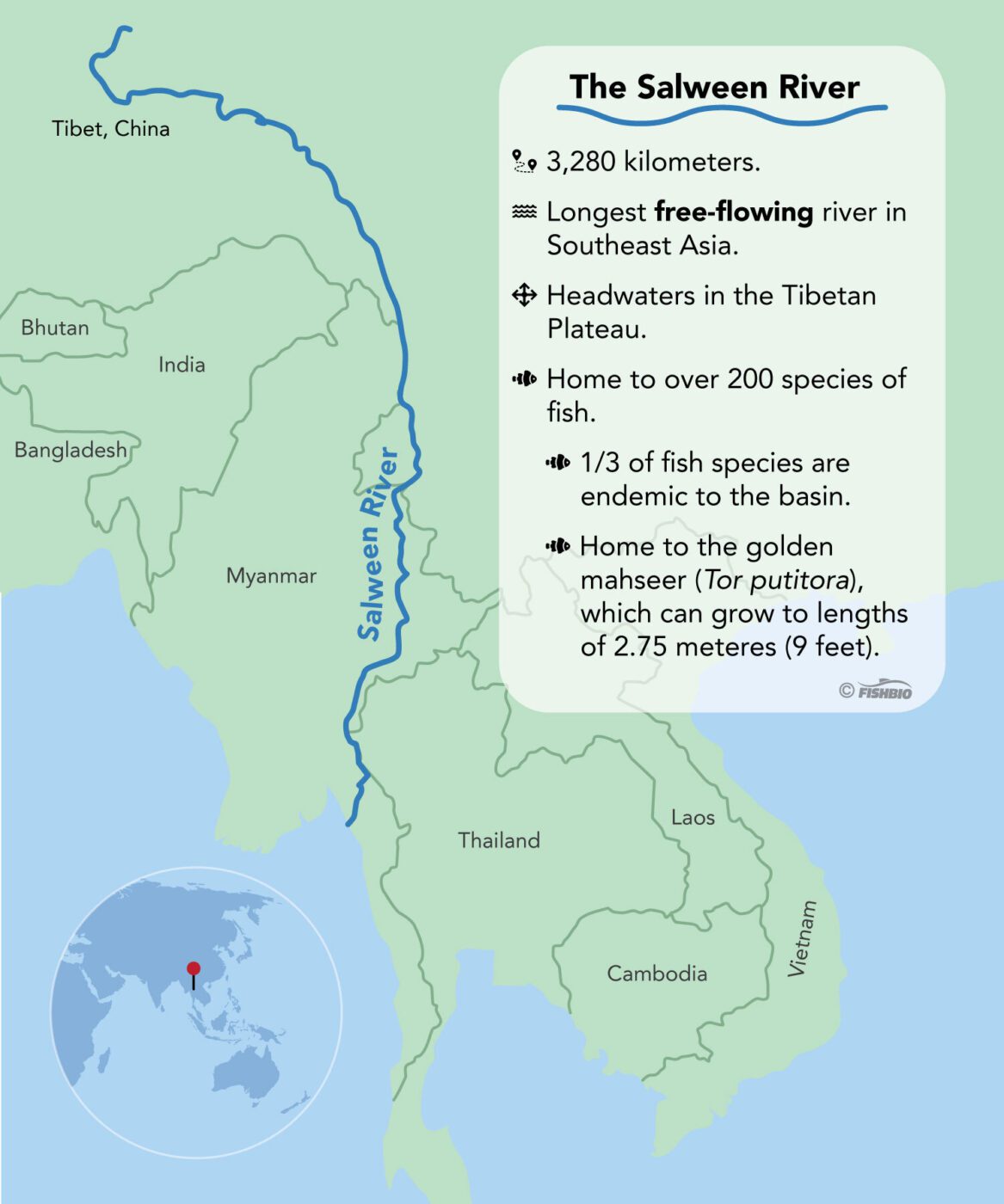
The Salween River.
Like all rivers in the modern world, the Salween faces a number of threats like climate change and human development. In particular, at least seven hydropower dams have been proposed in recent years. These dams would fragment the river, preventing migratory fish from completing their life cycles and significantly altering the seasonal flow patterns to which the river’s ecosystem is adapted. This would have major ramifications for fish that undertake migrations to different habitats throughout their life cycles. For example, several species of tropical eel (Anguilla marmorata, A. bicolor, and A. bengalensis) migrate from their birthplace in the ocean all the way upstream to the headwaters of the Salween where they rear and grow before returning to the ocean as adults. If dams block their migratory route, it may cause the important commercial fisheries that these eels support to collapse.
Due to concerns like these, there has been significant local opposition to the construction of these dams, led by the communities who would be directly impacted. As a result, all plans for dam development on the Salween in China and Myanmar were suspended in 2004 and 2015, respectively. However, the Salween Basin is considered one of the most at risk of fragmentation by damming, and it is unclear whether dam development efforts will resume in the future.
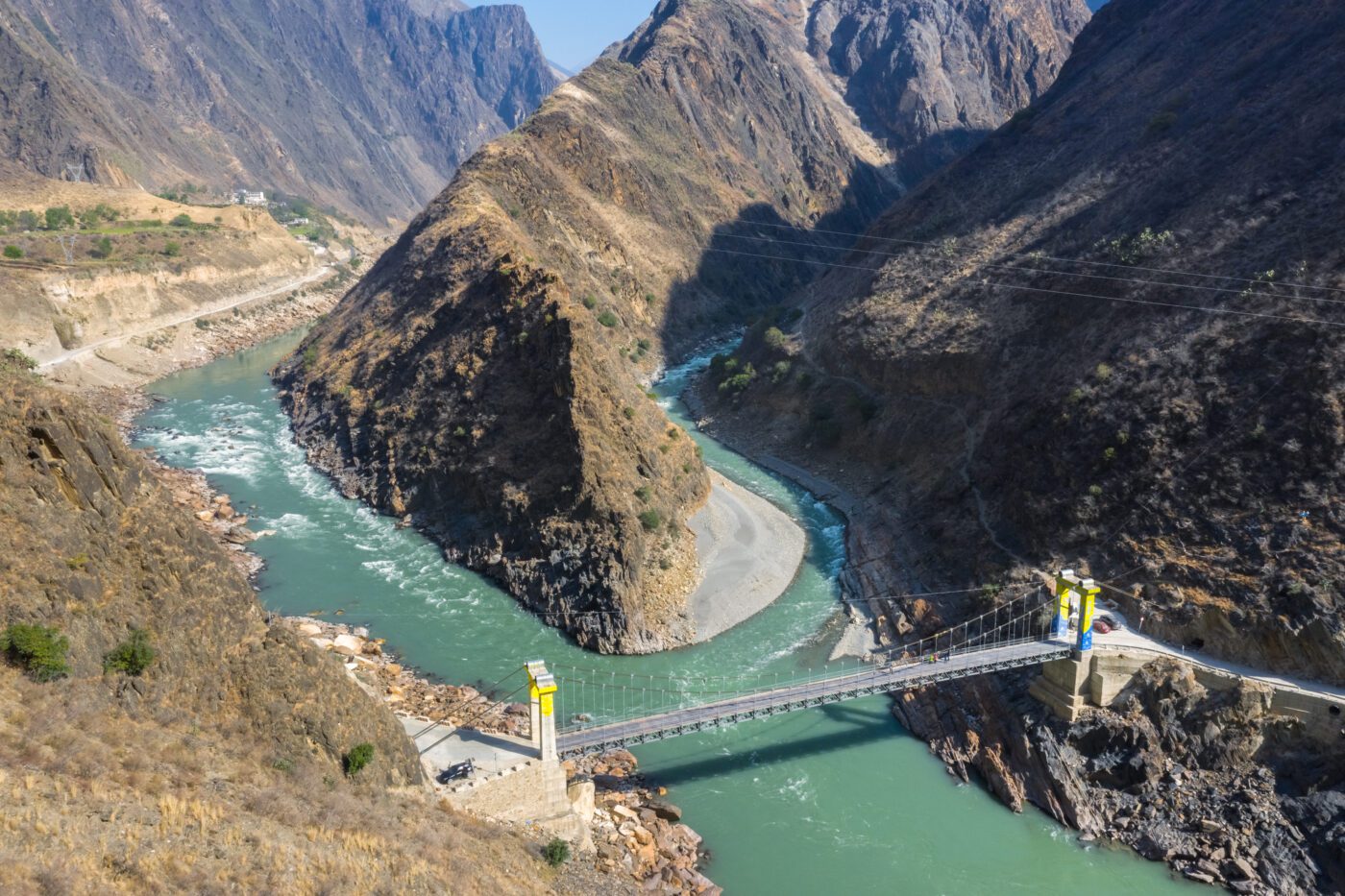
Aerial view of a bridge on the junction of the Salween (or Nujiang as it is known in China) and its tributary in Chayu County, Nyingchi City, Tibet Autonomous Region, China.
Maintaining the health and connectivity of Southeast Asian rivers like the Salween is critically important, not just because they harbor globally unique biodiversity, but also because they are essential to the communities living along their banks and throughout their watersheds. The people living in the Salween Basin have already taken significant steps toward protecting the river and its ecological wealth, and community-led conservation efforts have shown great promise for management of the river’s resources. However, global recognition of the importance of the Salween and other tropical rivers is essential to ensure their protection in perpetuity.
Header Image: The Salween River at sunset, Mon State, Myanmar.
This post is part of our Wild Rivers series, highlighting the world’s last remaining undammed and free flowing rivers in celebration of World Fish Migration Day. Learn more at fishbio.com/category/wild-rivers
